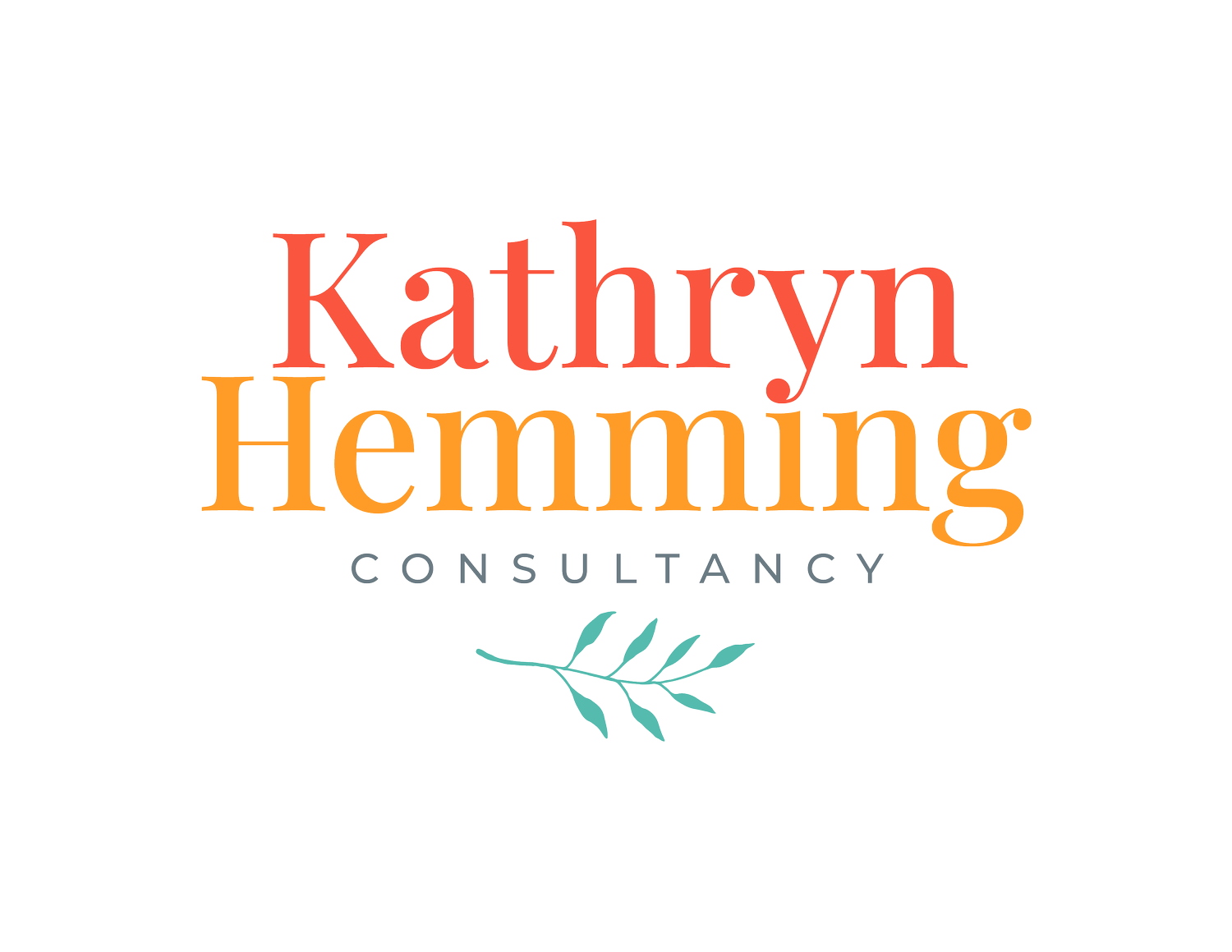Finding Your Element by Ken Robinson
“Aptitude matters, but passion often matters more.”
3 Main Messages:
Choose to do work that plays into your strengths, passions and interests
We all want to live a life of passion and purpose
Find your tribe and be elevated by them
To put this in context, I have long been a fan of Sir Ken Robinson. His positivity, humour and wisdom made him hard to dislike. His 2006 TEDTalk Do Schools Kill Creativity? is well known and a staple of educational conferences and September INSET days. He was affable, modest and inspirational. I couldn’t wait to read this book and get started finding my element!
In his 2006 talk, Sir Ken correctly points out that children will be willing to have a go because they are not scared of being wrong - but that we, as adults, have lost this ability and that it is the school system that educates people out of their creative capacities.
I’d like to think that attitudes and approaches in the education system have changed in the subsequent 15 years. Certainly, the common thinking now is that all mistakes are learning opportunities and should be celebrated. While mindsets may have moved on, however, the hierarchy of subjects has not and the creative areas of education are still frequently thought of as second-class subjects in schools.
Sir Ken talks about Gillian Lynn, the world famous choreographer, who thrived at dance school after her mainstream school raised concerns that she might have learning disabilities because she couldn’t sit still. We know that one size approach cannot meet the needs of all children. Can one job, one ‘element’ meet the needs of an individual?
In bringing these two points together we can surmise that, as well as finding our element, we need to be willing to take a risk. We also need to follow our passions in order to find our ‘flow’: the ‘element’ that is right for us.
To be in your element is defined as “being in a situation or environment that one particularly likes and in which one can perform well.” Through a multitude of tests, questions, reflections and tasks, Sir Ken asks his reader to delve deep into their motivations, fears, talents and passions.
I dutifully wrote my lists; created mindmaps; considered my areas of well-being, what I’m good at; what my attitude is; what my talents and weaknesses are; and wrote my responses and reactions in my journal. By the end of the books I felt energised, excited and inspired.
Did I, as a result of reading this book, find my element? No, not initially, but in the subsequent months after reading it I continued to apply the principles and learnings and now I feel that I’m certainly on the right path with my consultancy and coaching. I realise that I get my greatest feeling of joy and accomplishment from helping others, teaching others and learning from others.
Of course, it cannot be denied that a crucial ‘element’ of any job which cannot be controlled is the people who you work with. Perhaps, finding your element, in a way is also about finding your tribe - the people who have the same values, vision and objective as you. It’s not what you do - it’s who you work with. Certainly the best (and worst) times of my career so far have been shaped by the teams and individuals I have worked with.
Once we have identified our talents and the activities which make us happiest, I believe that the next step is to find the people who will support and stretch us, whilst working in our element. I am left feeling that, ideally (and impossibly) I would have loved to work with the late Sir Ken because of his positivity, kindness, humour, bravery, creativity, resilience, drive and purpose. Right - if I can’t work with him, I’ll have to work like him. That seems like a good start.
